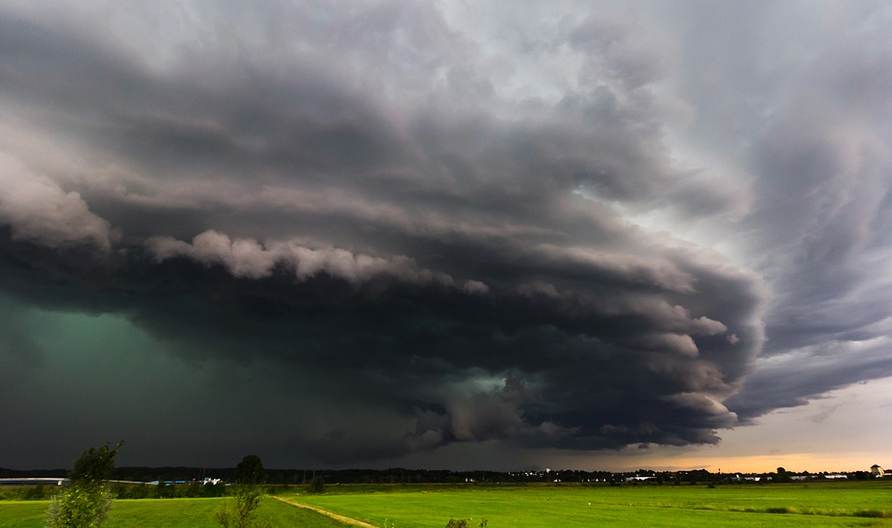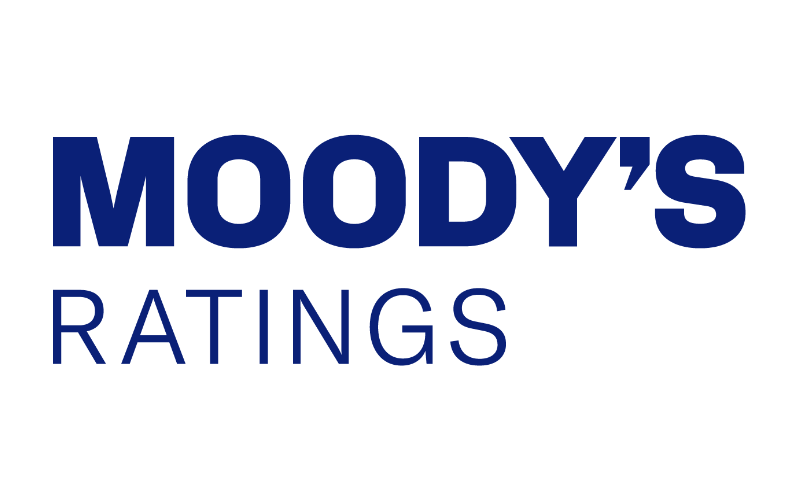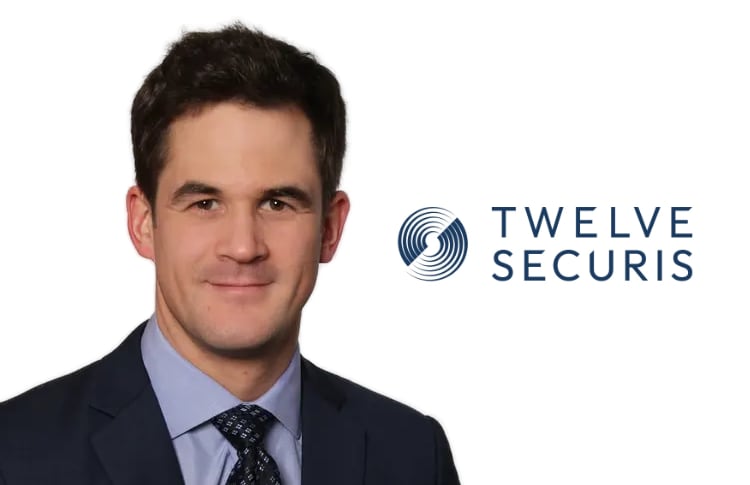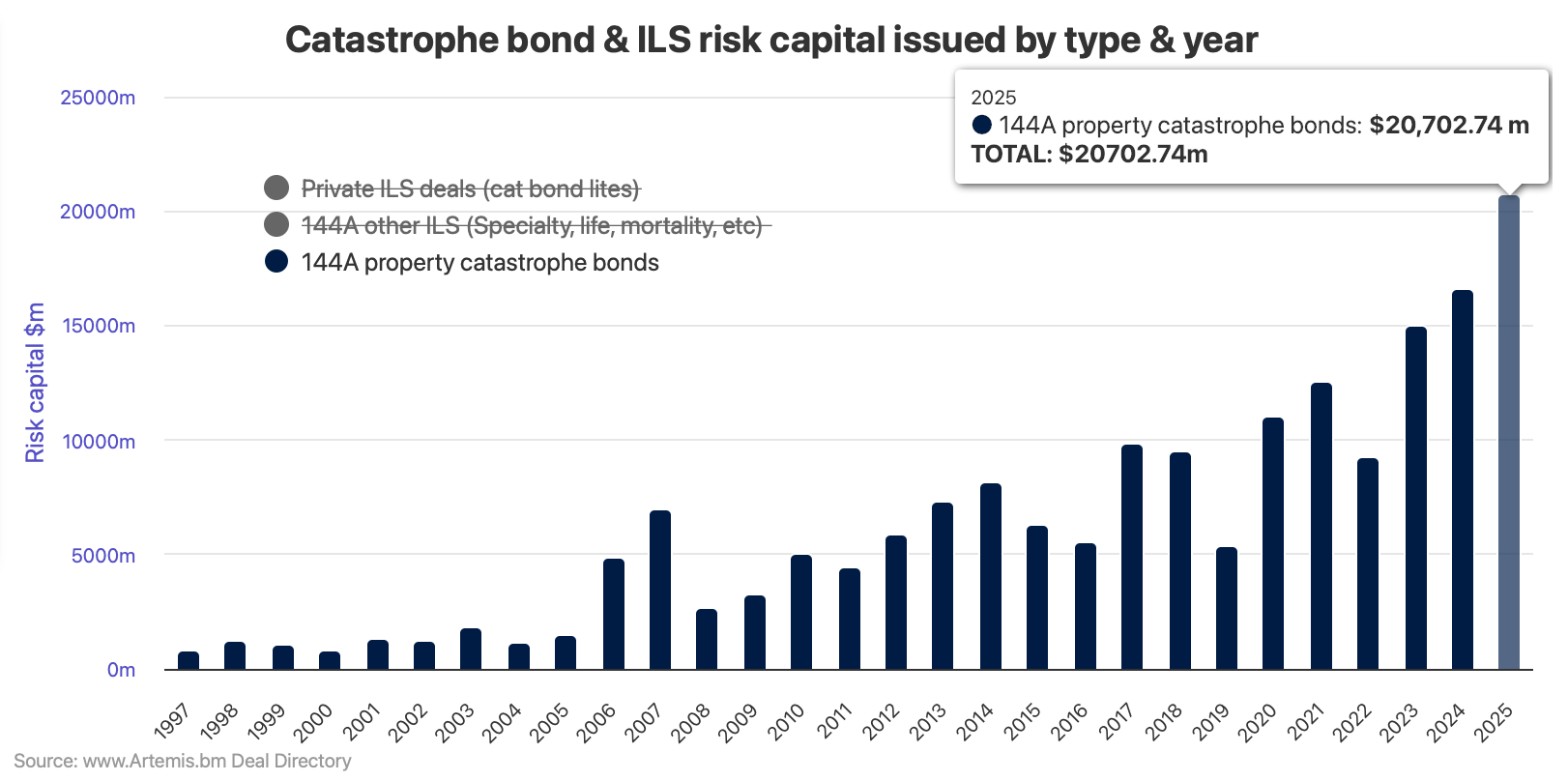
This weekend’s tragic tornado impacts across southeaster US states is expected to drive an insurance and reinsurance market loss into the billions of dollars, with sources stating it could be the largest tornado-driven industry loss in a decade, perhaps more.The severe storms struck the US southeast on Friday night (December 10th) and into Saturday morning, with significant wind-driven impacts across a particularly wide area and damages experienced across at least four states.The tornado outbreak has been called historic, given it featured one tornado that is estimated to have reached EF5 intensity (200mph winds), with others perhaps at EF4 and also a tornado track that may have broken the record for the distance a tornado has been on the ground for.We suggested , that sources we’d spoken with said economic costs and insurance and reinsurance market loss could extend into the billions from this series of severe convective storms and tornadoes.
With more detail on the damage having emerged over the weekend, this seems increasingly likely and some of our sources suggest this will at least be the largest tornado industry loss since 2011’s devastating impacts.The tornadoes are thought to have killed around 100 people, with the majority of those deaths in Kentucky.Damage related to strong straight-line winds was also an issue as this weather front moved through the region, which has extended the footprint beyond the tornado damages.
The long-tracked nature of one tornado in particular also significantly extended the damage footprint from this severe weather outbreak, while reports suggest a single super cell was tornado warned for some 7 hours as it travelled east across the region.For December, a severe weather outbreak of this severity is less typical, although not unheard of.But for insurance and reinsurance interests, experiencing heavy losses from tornadoes at this time of year is considered unusual.
Analysts at KBW said that they expect the majority of the losses will fall to primary insurers, with the rest falling to reinsurance programs where they attach.KBW’s analyst team said that the storms’, especially so close to an already challenged reinsurance renewal, should bolster reinsurers’ resolves on raising prices.However, the analysts also noted that the catastrophe losses from this event will be manageable.
Artemis’ sources suggest this catastrophe is most likely to drive industry losses in the single-digit billions, although it is uncertain how high at this stage of the event response and recovery.While Arkansas, Missouri, Tennessee and Kentucky were the states worst affected, it’s also become clear that damage from the weekend’s severe storms also extended into parts of Illinois and Mississippi.Andrew Siffert, Senior Meteorologist at insurance and reinsurance broking group BMS, explained that the “explosive severe weather event… far exceeded the expectations particularly when it comes to the overall tornado impacts.” He expects this could become one of the top 15 deadliest tornado days on record, given the tragic death toll and having been dubbed the quad-state tornado outbreak, given one tracked across four states, it’s likely to be remembered as such.
Hail, as a damaging peril, appears to have been more limited with this convective storm outbreak, Siffert noted, which will have helped to reduce the loss potential of these storms somewhat.Meaning that, “The Quad State event losses will be driven by wind and tornado losses,” Siffert explained, urging the industry to, “Keep in mind, tornado losses drive the tail of larger insurance industry loss events.” If one tornado is designed as EF5, it has been 3,125 days since the last, in 2013 that impacted Moore, Oklahoma.Siffert said that this could be the largest December severe weather insured loss, noting that the town of Mayfield, Kentucky that was particularly badly impacted has easily $1.2 billion in exposed property values.
But that is just a single community that was affected by the weekend’s storms, that tracked across a number of states and hit many other towns and cities along the way.“While it is too early to put a figure around the total losses to the insurance industry, events like this typically run into the low single-digit billions of dollars range,” Siffert concluded, which aligns with the figures sources have been discussing.Which will make this “one of the costliest severe weather events for the month of December which typically counts on a quiet fourth quarter,” Siffert continued.
Adding that, “The largest December severe weather event typically averages only in the range of $100 – $200 million of insured loss with the largest rarely exceeding $500 million.“With severe weather insurance industry losses in the U.S.already running around $20 billion for the year.
This event is an unwelcome surprise for the insurance industry which will add to an already costly year of natural catastrophes for the insurance industry which has already experienced four billion dollar severe weather loss events so far this year.” The tragic death toll and human impacts from this storm system are still emerging and given the large damage footprint of the storms and the tornadoes that formed it will be some time before the industry understands the true toll and costs in will bear.———————————————————————.All of our Artemis Live insurance-linked securities (ILS), catastrophe bonds and reinsurance can be accessed online.
Our can be subscribed to using the typical podcast services providers, including Apple, Google, Spotify and more.
Publisher: Artemis








